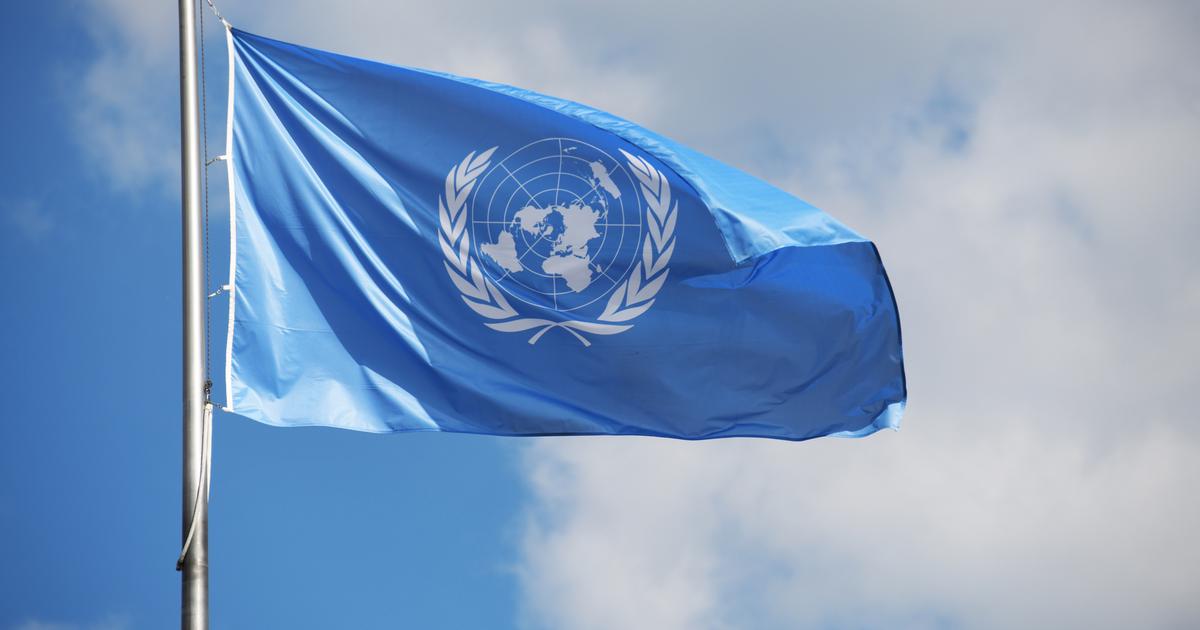The economy is experiencing a kind of floating.
Such is the impression which emerges from the last point of conjuncture of INSEE.
According to the institution, which published its latest estimates on Thursday, economic activity in January remained stable compared to December - that is to say four points below its pre-crisis level.
Entrepreneurs appear to be surprisingly solid in the face of the gloomy health news: imbroglio on vaccines, multiplication of variants ...
Read also: Too little, too late?
Europe's recovery fund under pressure
The latest example of this resilience, the quarterly survey of INSEE on investments in industry, also published this Thursday, suggests a sharp rebound in 2021. This optimism is however less shared by households, if we are Trust the trend in consumption, which fell sharply in January, to 7% below its pre-crisis level.
Difficult for INSEE, based on these fragile trends in the first weeks of January, to plan for the rest of the year.
Everything will depend of course on the evolution of the situation and the decisions taken by the executive to fight against the health crisis.
While waiting to know all the ins and outs, INSEE has therefore resolved to build different scenarios.
Without further tightening of sanitary conditions, growth for the first quarter of 2021 is then estimated at around 1.5%.
In the event of a one-month confinement, according to the terms of that of November, growth would be zero in the first quarter.
A confinement of nearly two months would cause a recession of around 1%.
Credible Bercy forecast
The annual growth overhang in mid-2021, that is to say the growth that the country would record if activity then stagnated until the end of the year, “
would be, according to the three scenarios listed below. above, between +4 and +5%,
”notes INSEE.
This is indeed one of the good news revealed by the first estimate of the national accounts for 2020: in terms of loss of activity, the confinement of November, much more flexible in its restrictions, was four times less painful than that of spring. latest.
Under these conditions, given the resilience of the economy in the fourth quarter of 2020, the government's objective of achieving 6% growth this year seems credible.
"
Each confinement remains a relatively unprecedented experience
," however carefully Julien Pouget, head of the economic department at INSEE.
Read also: Jean-Pierre Robin: "Why confinement depresses the economy in France and strengthens activity in China"
The biggest unknown of this year indeed concerns the ability of the economy to rebound once again, after this new period of restrictions.
During the first two confinements, the majority of sectors, supported by colossal budget crutches, recovered very quickly.
"
We do not know how the most affected sectors will behave, those whose activity has been restricted for months, insists Julien Pouget, however.
The image of a spring which has been compressed for too long and which is struggling to find its initial position, seems quite telling to us
”.















